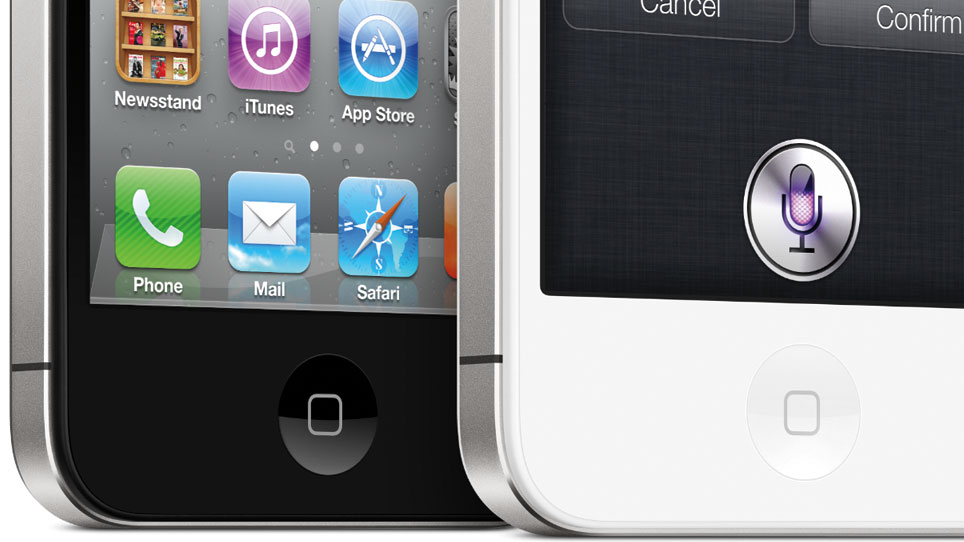Tim Cook says Apple struck on right screen size with iPhone 5
Quatro is cool for now

Apple landed on just the right size when it came up with its 4-inch screen for the iPhone 5, according to company CEO Tim Cook.
"We've put a lot of thinking into screen size and we think we've picked the right one," Cook said when quizzed about Apple developing larger screened phones during Cupertino's earnings call today.
Cook's comment came on the heals of praise he lauded on the iPhone 5's display.
"The new 4-inch Retina display is the most advanced display in the industry," he chirped. "No one comes close to matching its quality. We were able to develop a larger screen size without sacrificing one-handed use."
For thought
While Apple could always pull a fast one on us and whip out a 4-inch plus phone during its next product extravaganza, Cook basically said that the company is sticking with 4-inch iPhone screens for now.
(Update: Cook's job is to tow the company line and stake product dominance, but with screens like the Droid DNA's 440ppi, 1080 x 1920 one, his claim that the iPhone's Retina display is the best on the market is suspect.)
The iPhone 5, Cook noted, was in supply constraint during the beginning of the quarter but eventually caught up with demand, while the iPhone 4 was shortened throughout.
Sign up for breaking news, reviews, opinion, top tech deals, and more.
He also did something uncharacteristic and addressed a specific rumor about whether iPhone production had been cut due to a slump in orders.
"I suggest it's good to question the accuracy about any kind of rumor about build plans," Cook said. "Even if a particular data point were factual, it would be impossible to interpret that data point for what it meant for our overall business."
Thanks for the tip, Tim.

Michelle was previously a news editor at TechRadar, leading consumer tech news and reviews. Michelle is now a Content Strategist at Facebook. A versatile, highly effective content writer and skilled editor with a keen eye for detail, Michelle is a collaborative problem solver and covered everything from smartwatches and microprocessors to VR and self-driving cars.